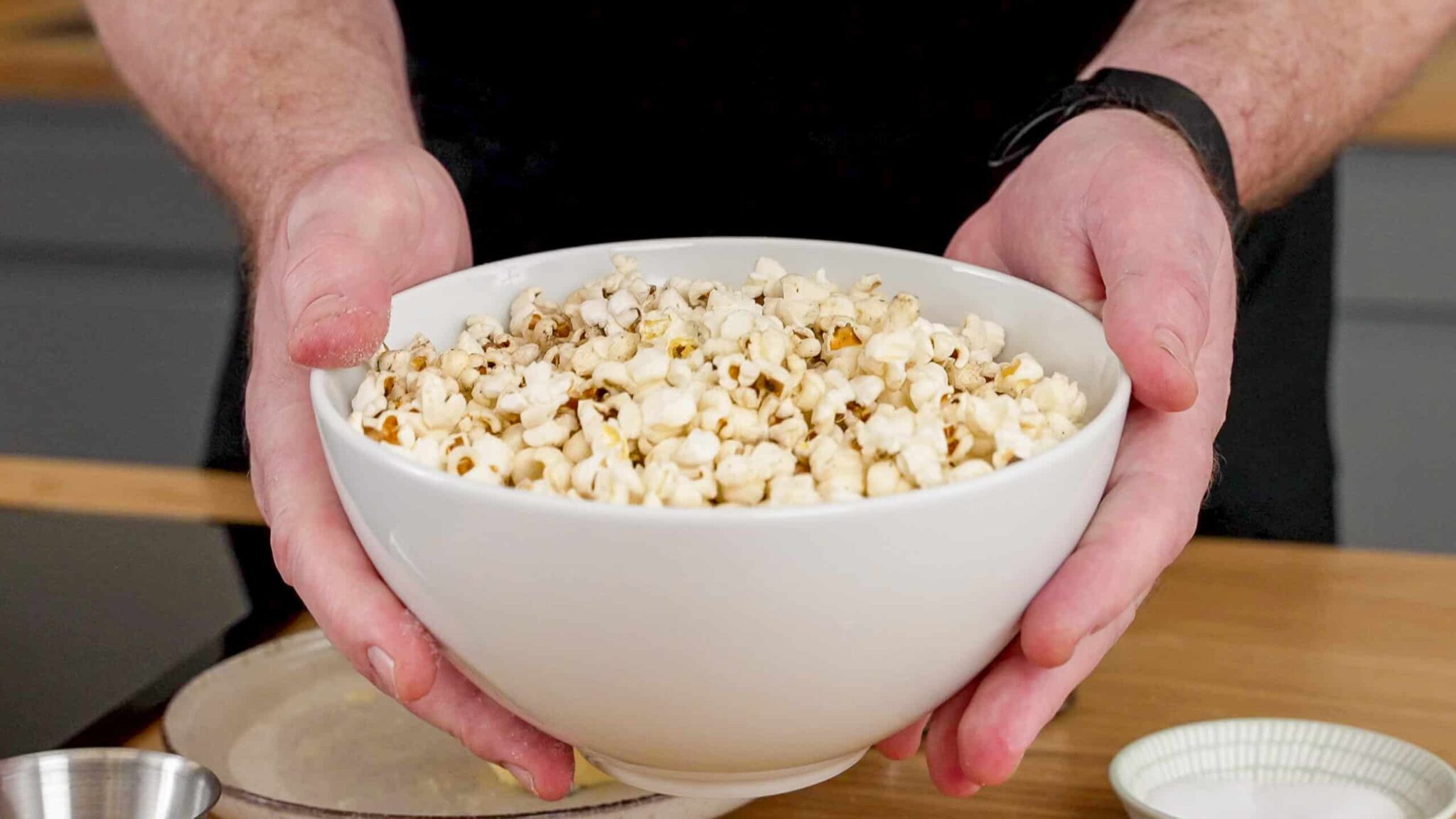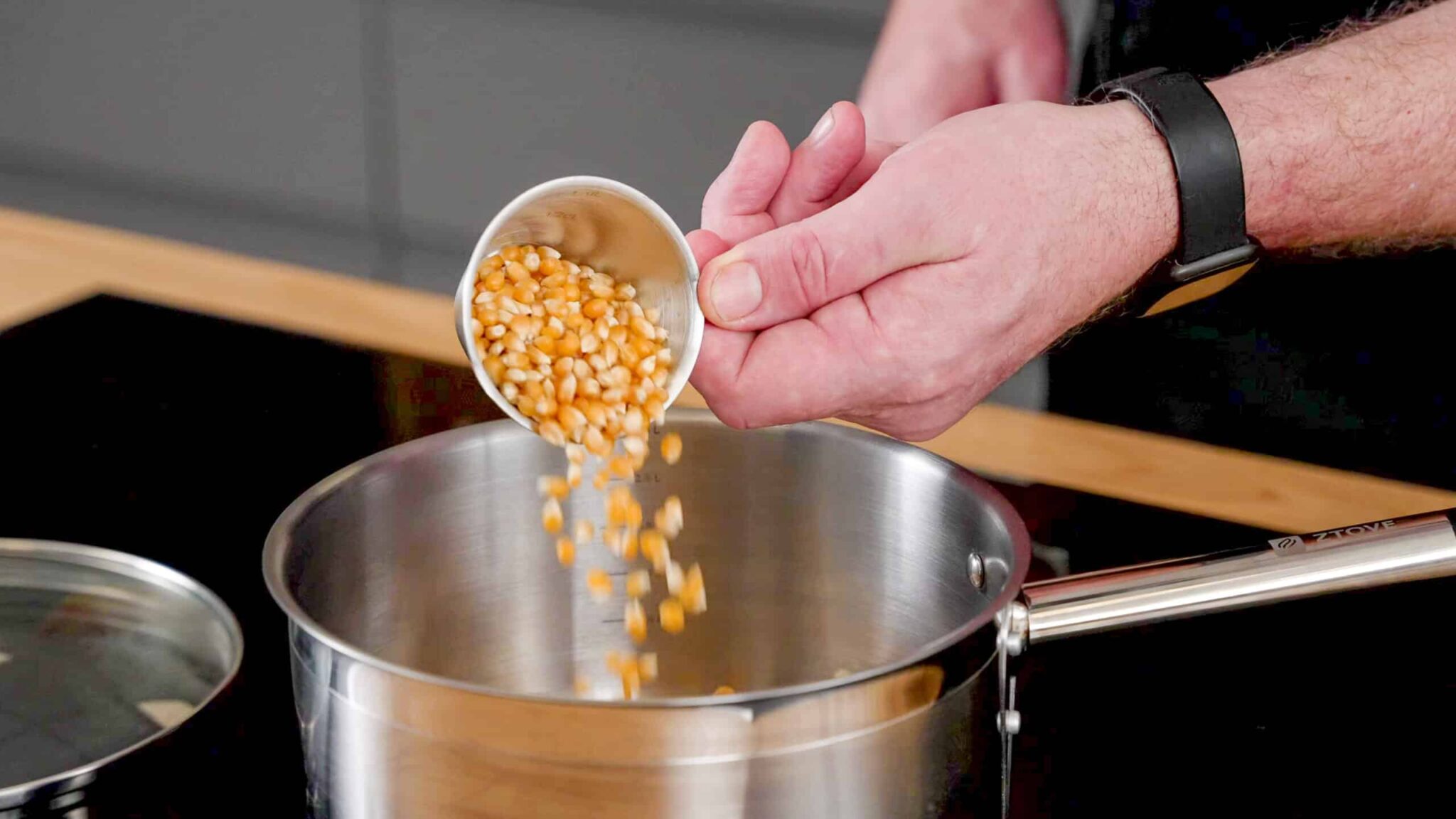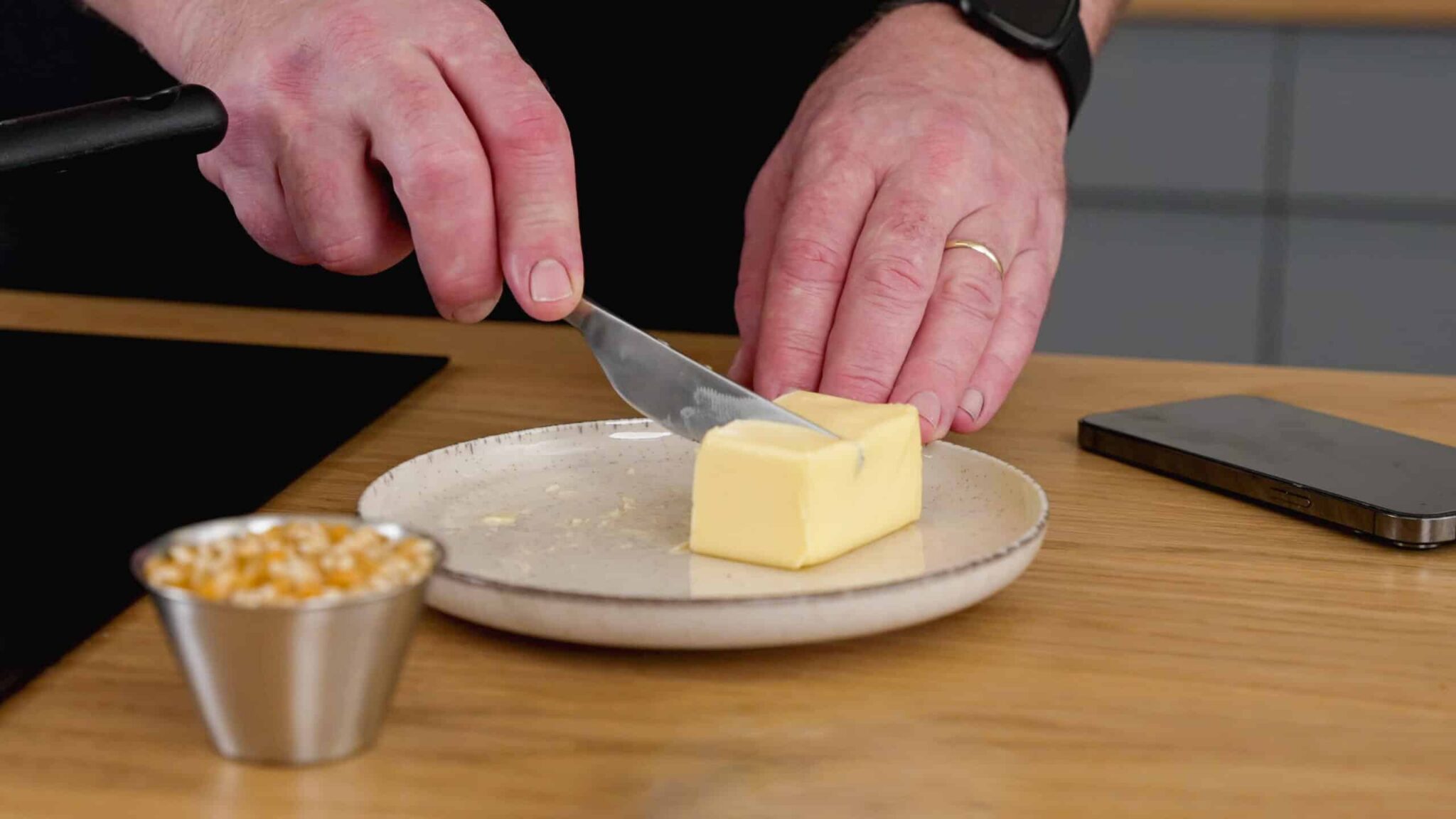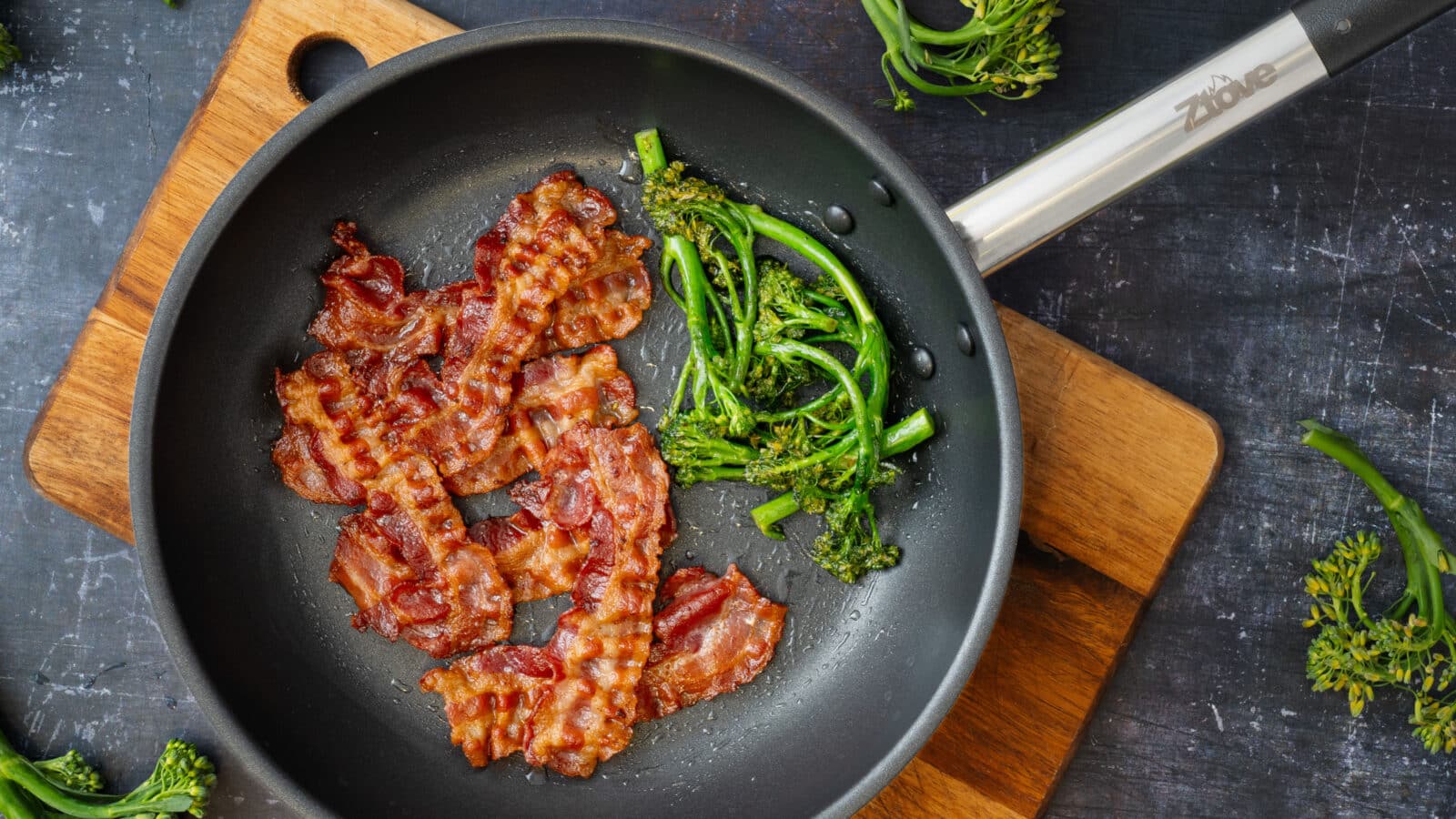What makes a popcorn pop?
Popcorn is made from a special type of corn that is suitable for popping. Not all corn varieties can be used for this purpose. The popcorn kernels are dried, so they contain very little moisture. However, there needs to be some water left in them for them to pop. When heated, the water inside the kernel turns into steam, creating high pressure inside. The hull of the corn tries to contain the steam, but it can only do so up to a certain point, after which it bursts, and the steam expands inside the corn, creating the soft, porous structure we know as popcorn.
If you want as many kernels as possible to pop, the kernels must first be heated to a temperature slightly below the point at which they start popping – around 180°C. All the kernels should be thoroughly heated, right on the edge of popping. Once the kernels are heated, they just need a short burst of intense heat to exceed 180°C and start popping.
Controlling this temperature adjustment is challenging in a regular pot, but with Ztove, we have developed an automatic program that does it all for you. It’s like having a popcorn machine in your pot. All you have to do is add popcorn, butter, and salt to the pot, put the lid on and press start. After 5 minutes, you’ll have freshly made hot popcorn. You don’t even need to shake the pot along the way, and you’ll get the maximum number of popped popcorn without any risk of burning.

Why haven’t all the popcorn kernels popped?
There are primarily two reasons why a corn kernel doesn’t pop. The first reason is that the kernel is not heated sufficiently to create the necessary pressure to make it pop. The second reason is that the kernel has become too old, dried out, or damaged in some way. Even though popcorn kernels are dried, they can still become too dry. It is when the moisture inside the kernel evaporates that enough pressure builds up inside, causing it to pop and turn inside out. With Ztove’s popcorn program, the corn kernels are easily and correctly heated, so you just need to make sure to buy fresh popcorn kernels. Store your popcorn kernels in an airtight container for extended shelf life.

Pop popcorn in butter or oil
The classic method for popping popcorn in a pot is to use oil. The reason for using oil instead of butter is that oil has a higher smoke point and can withstand higher temperatures for a longer period than butter. If you want the taste of butter, you must pour melted butter over the finished popcorn.
With Ztove, where we can precisely control the temperatures, it is possible to pop popcorn directly in butter. This is possible because the popcorn program first melts the butter at 140°C, then increases the temperature to 165°C, so the popcorn is right on the verge of popping. However, the temperature is still kept low enough to prevent the butter from burning. The final step is to raise the temperature to 220°C, which is well above the 180°C at which popcorn pops. The popcorn receives a quick burst of heat and begins to pop. At 220°C, you can’t cook in butter for a very long time, but it’s not necessary, as the corn kernels have already been sufficiently heated to pop quickly before the butter burns.
You may notice some dark butter residues on the finished popcorn, but it doesn’t mean they’re burned. It’s just the butter that has browned, which adds a delicious caramelized flavour. Of course, you can also replace the butter with oil. Ztove’s automatic popcorn program works equally well with both butter and oil.













